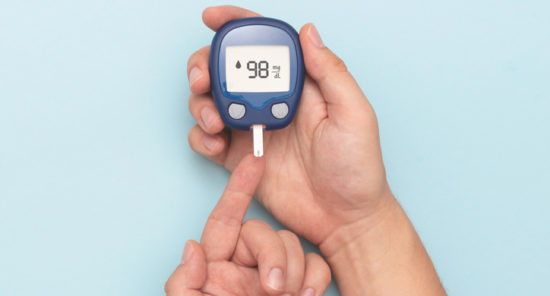Credit: Original article published here.Sodium-glucose transport protein 2 (SGLT2) inhibitors (SGLT2i), or gliflozins, block SGLT2 cotransporters in the proximal tubules and reduce renal glucose and sodium reabsorption.1 Reduced reabsorption of sodium results in natriuresis, which, through tubuloglomerular feedback, causes a reduction of intraglomerular pressure. SGLT2i have been shown to not only slow kidney progression in patients with chronic kidney disease regardless of diabetes status, but also improve glucose control, reduce the risk of heart failure, and reduce blood pressure, and they do so in a cost-effective manner.2 The use of SGLT2i has been limited despite approval in the United States since 2013 (canagliflozin). One important factor, which research suggests might be a myth, is that underutilization of SGLT2i therapy is due to their high cost or high copayments. Two recent studies have reported on utilization of SGLT2i where cost was not a factor, namely the US Department of Veterans Affairs (VA), where prescriptions are free. The first study by Mahtta et al looked at SGLT2i use in 537,980 patients with atherosclerotic cardiovascular disease (ASCVD) and type 2 diabetes mellitus (T2DM) in 130 VA facilities.3 They reported that approximately 11% of patients were on SGLT2i therapy. Surprisingly, among individuals with an
Credit: Original article published here.There is an association between type 2 diabetes and a higher risk of developing kidney failure. Helena Bleken Østergaard, MD, and colleagues conducted a study designed to develop and validate a decision support tool to aid in estimating the 10-year and lifetime risks among individuals with type 2 diabetes of developing kidney failure. The researchers also sought to examine individual treatment effects of preventive medication in that patient population. Results were reported in the Clinical Journal of the American Society of Nephrology [2022;17(12):1783-1791]. The researchers utilized data from the Swedish National Diabetes Register for 2002-2019 on 707,077 individuals with prevalent and incident type 2 diabetes to develop the prediction algorithm. Kidney failure was defined as the first occurrence of kidney transplantation, long-term dialysis, or persistent estimated glomerular filtration rate <15 mL/min/1.73 m2. Using routinely available predictors, two Cox proportional regression functions for kidney failure and all-cause mortality as respective end points were developed. The functions were combined into life tables to calculate the predicted survival without kidney failure while using all-cause mortality as the competing outcome. A cohort of 256,265 individuals with incident type 2 diabetes from the Scottish Care Information Database between 2004 and 2019
Credit: Original article published here.In the population of patients with chronic kidney disease (CKD), particularly those with diabetes as the underlying cause of CKD, cardiovascular disease is a major cause of morbidity and mortality. While diabetic kidney disease (DKD) and cardiovascular disease have some risk factors in common, the pathogenesis of cardiovascular disease in the context of DKD is not completely understood, compounded by a lack of accurate biomarkers associated with cardiovascular outcomes in patients with DKD. Compared with the general population, the association between the traditional risk factors for cardiovascular disease (age, sex, diabetes, duration, total cholesterol, high-density lipoprotein cholesterol, smoking, systolic blood pressure, hypertensive therapy) is not as strong in patients with CKD. The uremic solutes trimethylamine-N-oxide (TMAO) and asymmetric and symmetric dimethylarginine (ADMA, SDMA) have been linked to cardiovascular disease in kidney failure with kidney replacement therapy (KFRT), but there are limited data in populations with diabetes and less severe kidney disease. Hima Sapa, PhD, and colleagues assayed plasma and urine for ADMA, SDMA, and TMAO in a random subcohort of participants with diabetes and baseline estimated glomerular filtration rate (eGFR) <60 mL/min/1.73 m2 from the REGARDS (Reasons for Geographic and Racial Differences in Stroke) cohort study.




